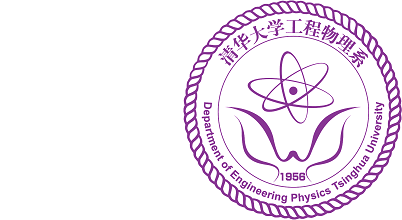|
The Daya Bay Reactor Neutrino Experiment reported the first definitive observation of electron anti-neutrino disappearance in March, 2012. The experiment continues to improve its world-leading precision on the neutrino mixing angle θ13 and neutrino mass splitting Δm2ee. For more information, visit our introduction to Daya Bay. The Tsinghua Neutrino Group is responsible for the Master Trigger Boards, Local Trigger Boards and timing system, and is deeply involved with PMT and electronics calibration, and analysis in general. In particular, the Tsinghua group leads the independent measurement of θ13 using IBD neutron capture on hydrogen. The group also developed the online supernova trigger, which has been running since August, 2013. |
|
The Super-Kamioka Neutrino Detection Experiment reported evidence for oscillation of atmospheric neutrinos in 1998 and the determination of solar neutrino oscillation parameters in 2002, and has placed the most stringent limits on proton lifetime and supernova relic neutrinos. For more information, visit our introduction to Super-K. The Tsinghua Neutrino Group is responsible for the enforced neutron hardware trigger and supernova relic neutrino studies. |
|
The Jinping Neutrino Experiment is a proposal from the Department of Engineering Physics at Tsinghua to install a 4-kton scintillator detector in the China Jinping Underground Lab (CJPL) for the study of low-energy neutrinos. Located in Jinping Mountain of Sichuan, the lab has an overburden of about 2400 m, providing the lowest cosmogenic muon flux and therefore, the lowest muon-induced background rate. In addition, it's distance from the reactors along the coast line provides the lowest reactor neutrino flux. It is an ideal site to measure solar neutrinos, search for supernova relic and burst neutrinos, geoneutrinos, atmospheric neutrinos, and neutrinos from dark matter annihilations. |
|
The Jiangmen Underground Neutrino Observatory is a reactor neutrino experiment designed to determine the neutrino mass hierarcy and make precision measurements of neutrino oscillation parameters. Utilizing 20 ktons of liquid scintillator, the primary technique used to identify the reactor neutrinos emitted from reactors 53 km away will be IBD neutron capture on hydrogen. Construction began at the end of 2014 and commissioning is expected to begin in 2020. In addition to proposed studies of atmospheric neutrinos, the Department of Engineering Physics, the Department of Civil Engineering, and the Institute of Microelectronics of Tsinghua University have participated in the research of the detector and the front-end electronics. |

